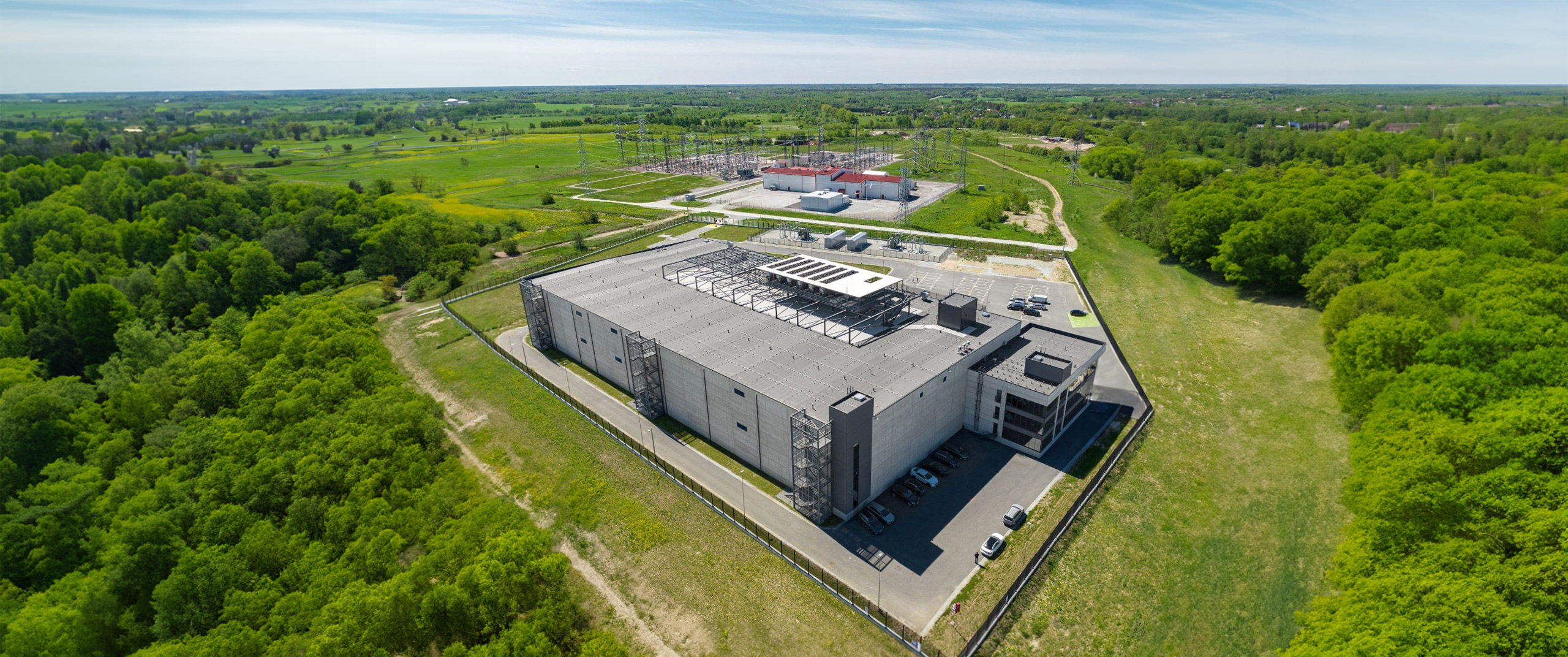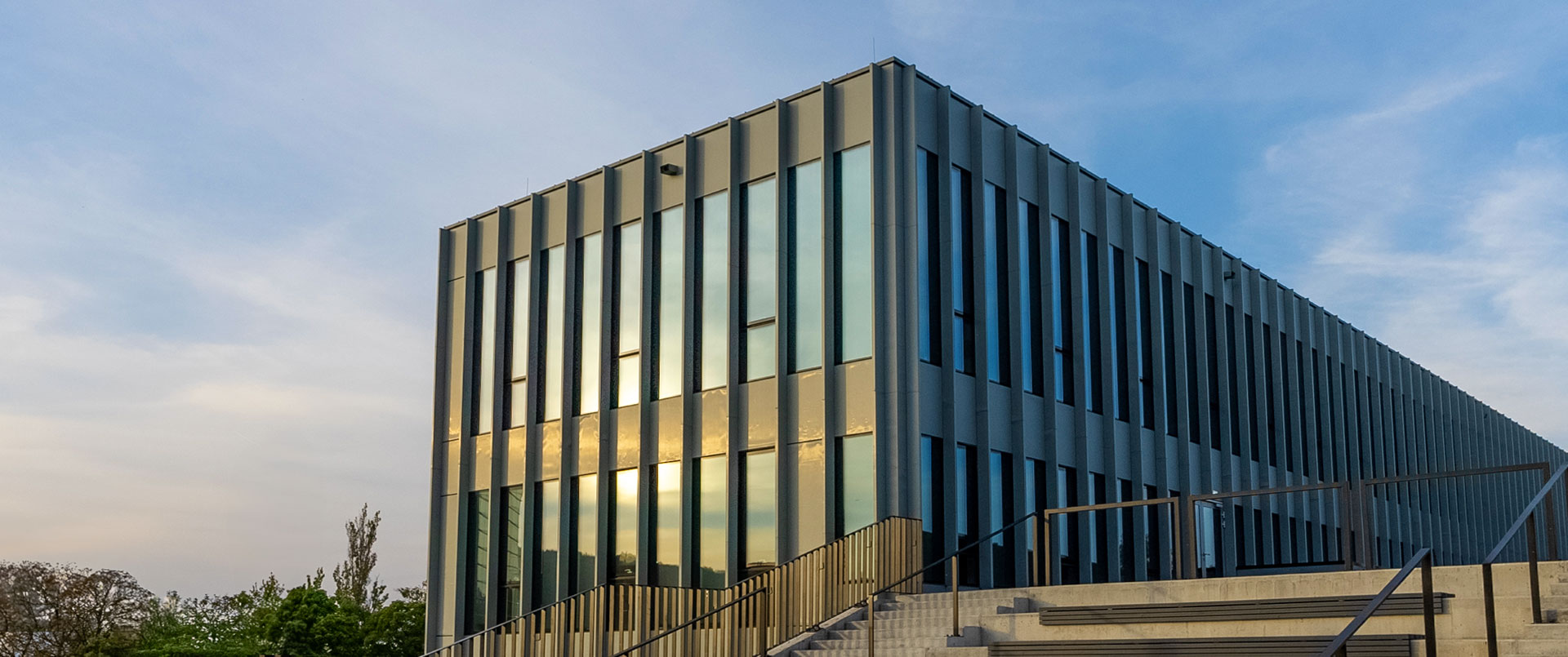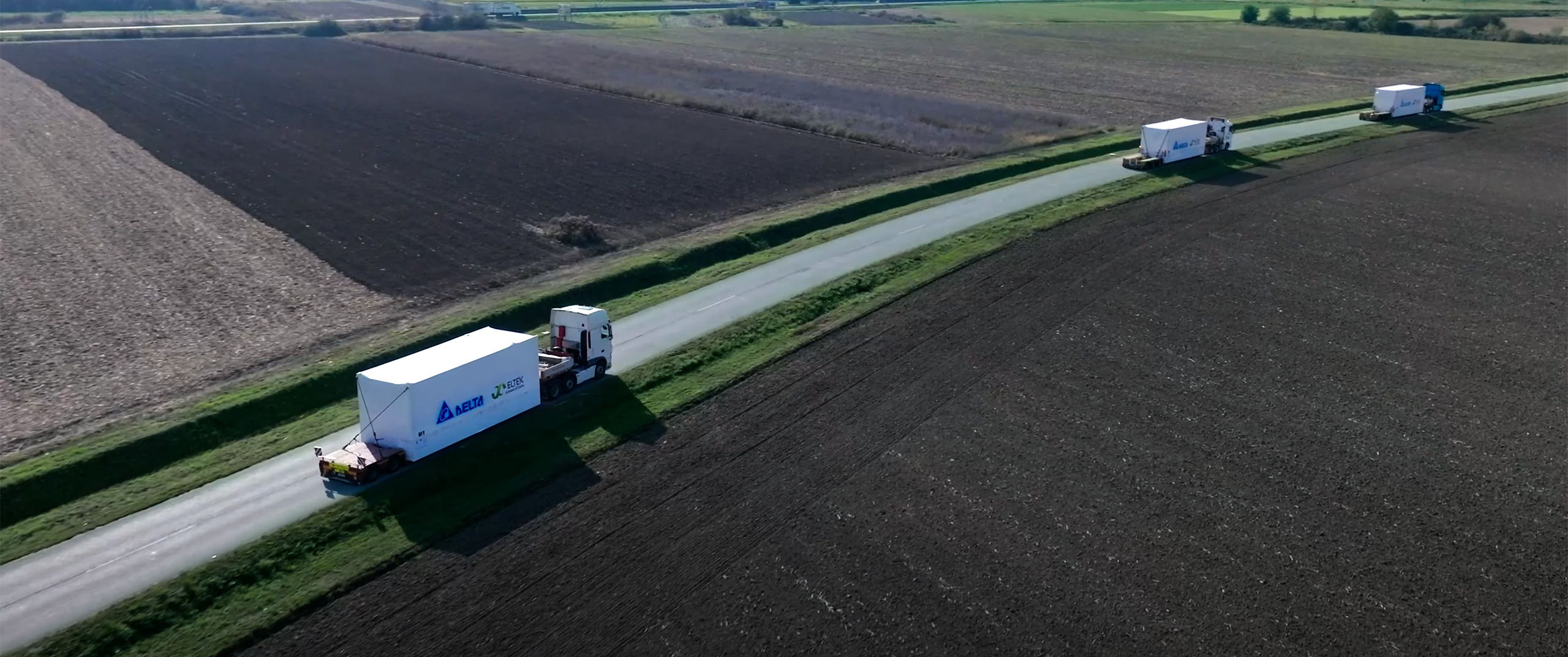Tough at the top
The Delta team only fully understood the challenge after visiting Trollstigen.
Skirting roaring waterfalls and bottomless Fjords, this road passes mountains like The King (1614m), The Queen (1544m) and The Bishop (1,462m).
The lofty location and nature reserve status mean ´on-grid` isn’t an option – it’s prohibited by both expense and environmental regulations. And with a near sheer climb of 700m from viewing platform to peak, installing an off-grid base station would be a highly technical game of chess.
In terms of connectivity, only the viewing platform itself had mobile coverage. And accessibility posed problems too, because the road is closed (and site snowbound) each November to April.
So with no grid plug point and head-scratching access challenges, we needed to think way outside the box to pull off this ‘impossible’ project.
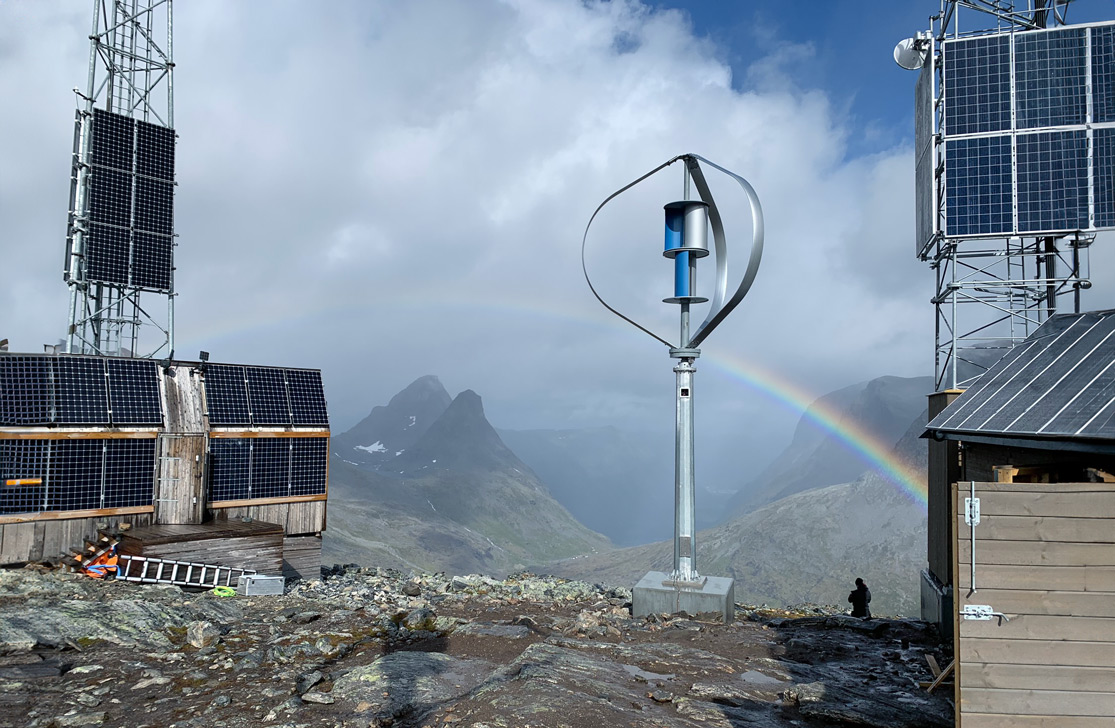
Building outside the box
Delta’s team of experts got straight to work, designing the unique infrastructure and formulating a plan for the tricky installation.
Installation engineers would only be able to work onsite during summer months, living onsite for several days at a time (this would be no 9-5 shift). Most of the components would need to be flown in by helicopter, with the remainder delivered by hand. And after the team left, the site would have to operate safely, efficiently and completely unmanned – with only limited opportunities each year for maintenance visits.
Back at the drawing board, the Delta team calculated all these complex criteria and developed an extraordinarily smart solution and viable execution plan.
Since off-grid power was the only option, we harnessed two of Trollstigen’s most abundant natural resources – wind and solar power. Then combined these elemental forces with lithium-ion batteries to power the site and hydrogen cells as a backup (should wind or sun fail).
Several partner companies collaborated. For instance, other stakeholders designed and delivered the wind turbines and PV panels and hydrogen fuel cells. Our mission was the cornerstone – producing an innovative power solution that actually made the station viable.
Digging a little deeper, the challenge was integrating these energy sources in a low-maintenance solution working year-round in extreme temperatures, without using excess energy to maintain heat. Therefore, the team decided to place the power systems and batteries in outdoor cabinets that could be heated separately, thus greatly reducing energy use and simplifying maintenance.
But how about the power system setup in the cabinet?
The unique configuration uses 8 of the latest, high-efficiency Eltek solar power modules (3.2 Kw each). And a rectiverter module which converts DC to AC (essential because the wind turbines have AC-powered magnetic brakes preventing them going out of control in extreme conditions).
An Eltek Power Monitor connects to the wind turbines and hydrogen fuel cells, to measure and control currents. And the solar inverters connected to the panels? The solution doesn’t require additional equipment when connecting to hydrogen. The turbines produce the correct voltage. Our primary job is to measure the energy produced by the wind and fuel cell sources.
The solar panels are also divided into strings, with one string on the cabin roof and 2-3 on the mast mounted vertically. They have a nano coating that ice or snow slides off and work surprisingly effectively, despite climatic extremes.
From late November to early February, Norway doesn’t get much sun. But from March until the end of September, solar output is quite good. And because Norway is colder, the PV panel efficiency is higher than in warmer regions.
Clever stuff indeed. But how would Telia monitor this remote site during harsh winter months? Not to mention the problem of getting the equipment (and installation engineers) up there to build it.
Remote control and monitoring
Way before the site was operational, our team had to ensure it could be controlled and monitored remotely – with pinpoint precision.
Enter the multi-talented Smartpack 2 Touch controller. For starters, this intelligent device automatically decides which power source has priority. Solar is first in the pecking order, so when the PV panels have gathered ample energy, the controller shuts down the fuel cell (if it’s running). Alternatively, when wind can produce more power, it instructs both sources to work together to optimise.
All units (including onsite heating and other components) are controlled by the Smartpack 2 Touch. There’s remote access to the site via Telia’s own network management system, and Delta developed software to communicate directly with the fuel cell controller. Maintaining the optimum temperature is all-important in this setup. There’s also a small, temperature-regulated, panel oven in the cabin. It’s crucial to maintain the perfect temperature inside, because the by-product of hydrogen is water and if the temperature drops below freezing, the water could turn to ice and damage the fuel cell internals.
And thanks to an ongoing service agreement, Delta provides ongoing support. Because getting your friend up the mountain is one thing but leaving them stranded another. Telia are their own first line of support. But (if necessary) Delta personnel will visit the site annually for system testing to ensure optimal operation, as well as working remotely analysing log files.
Plus, should Telia ever want to expand or alter the site, the Delta team are ready to help. For example, Trollstigen is currently a groundbreaking 5G installation, but it’s also scalable for 6G and other emerging tech evolutions.
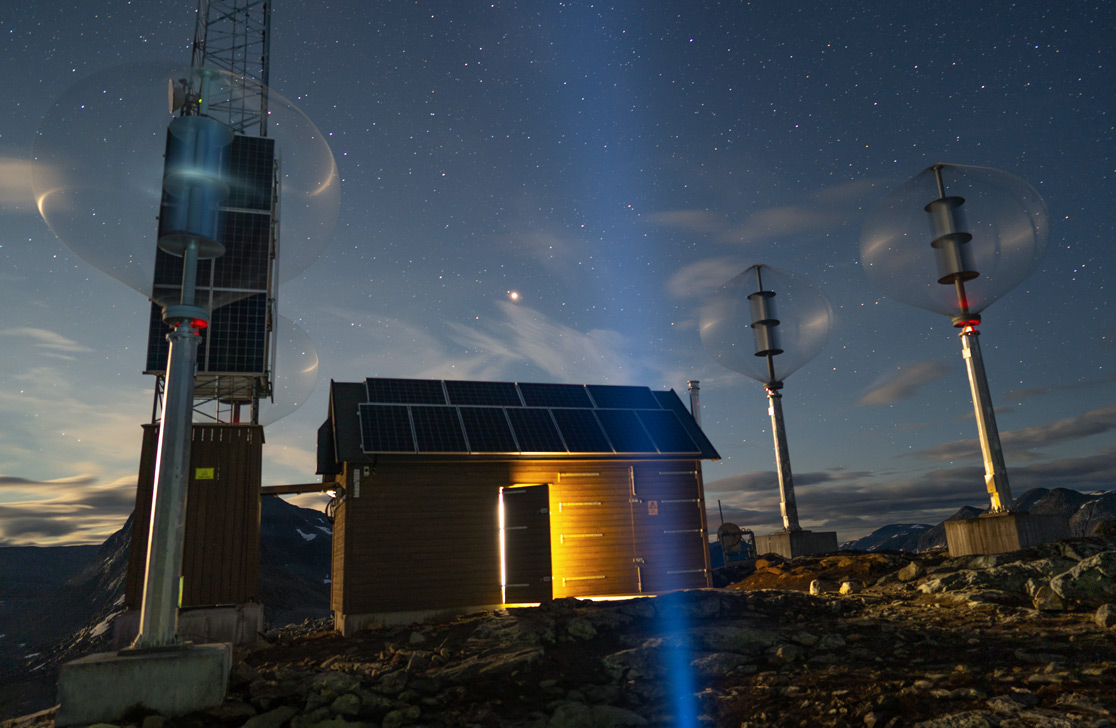
Sky’s the limit: installation and maintenance
With all components packed and the installation team ready, it was time to fly in the lion’s share of the kit by helicopter. And the chopper also dropped off a super-lightweight camper unit for Trollstigen’s engineers/mountaineers.
Between summer 2018 and summer 2019, the intrepid team worked in shifts for the 2-3 months when weather permitted. A tough task. But immense job satisfaction and gorgeous Northern Lights views compensated for the challenges.
Telia was delighted once the site was operational. And Delta is immensely proud that the team had conquered mountains other experts avoided.
The technical solution is seriously impressive. But the true foundation for this project is just as rare and powerful: building complete trust within and between organisations.
Telia trust that we will come up with good solutions. But it’s not only about selling the product. It’s also about being there for the customer when things aren’t working as they should.
And the mutual internal trust between Delta colleagues is also vital. Having the support of the organization made this project possible. Our organization is open to innovative ideas and also lets you know what’s not feasible. This trust and support gave us the confidence to be a reliable advisor for the client.
So there it is. A green, off-grid Telecoms site supporting 5G connectivity in a jaw-dropping site.
Where visitors now snap and send stunning selfies instantly from Trollstigen to the world.
Built by trust and technical excellence – from the ground up.
Talk to us today about your impossible project.
Understanding Renewable Power Consumption: A Broader Perspective
While Trollstigen relies heavily on natural resources like wind and solar, it’s worth noting in general how other renewable power systems compare in terms of their reliance on diesel, a commonly used backup energy source.
The matrix below provides an understanding of how introducing varying mixes of wind and/or solar to a power system can impact diesel consumption. The goal? Minimize the refueling visits, especially in hard-to-access locations, while maintaining energy efficiency.
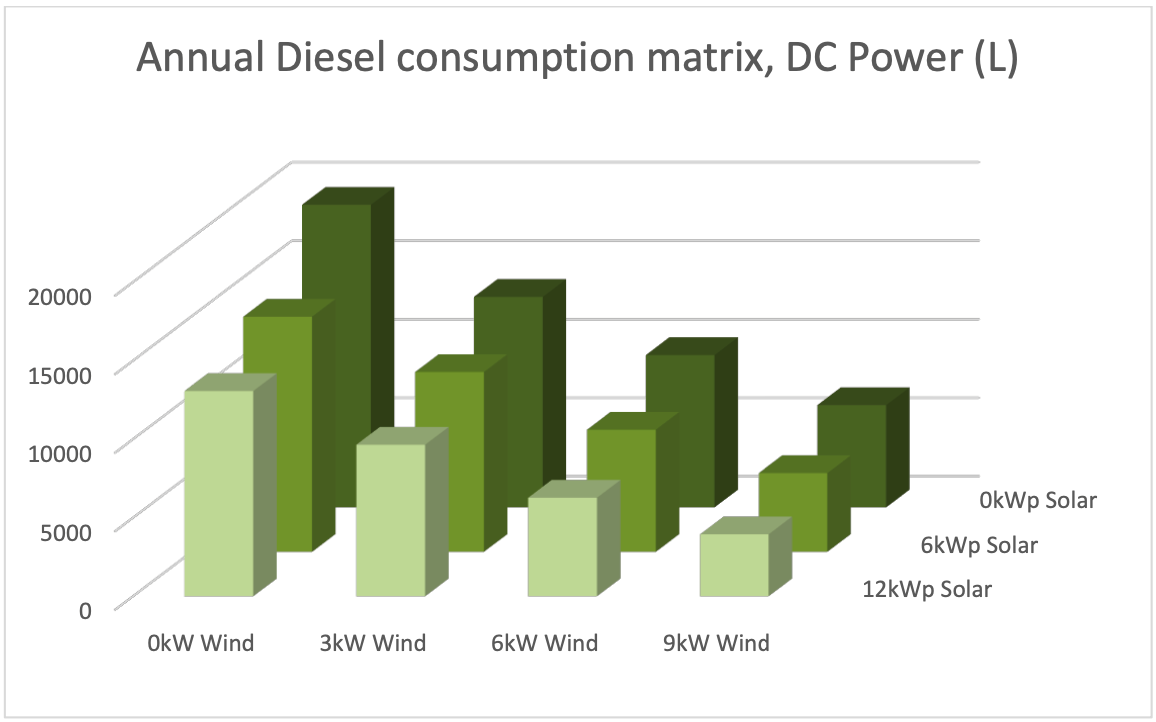
Renewable energy not only helps in cutting down greenhouse gases but can also significantly reduce lifetime costs for such projects. Integrating renewables in power systems demands a careful evaluation, ensuring the balance between cost-effectiveness and reliability.

